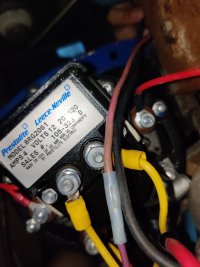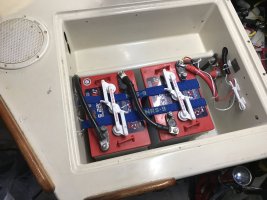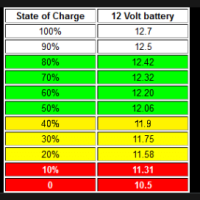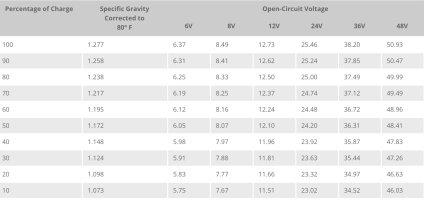My engine will not crank, and other electrical appliances are weak. When I use a car jumper kit, the engine starts up right away as usual. I took the following volt meter readings directly from the battery terminals:
- Battery charger off, engine off ~9.7
- Battery charger on, engine off ~13.5
- battery charger off, engine on ~ 9.7
- battery charger off, engine running for an hour ~9.9
- battery charger off, after engine turned off after it had run for an hour 10.2
Hoping for some perspective. I don't know too much about how this all works. Does it seem like I should replace the batteries? How do I rule out an alternator issue? Alternator picture is attached. The battery charger is 10 amp and plugs into AC and then attaches to the battery terminals in a simple way. The alternator connect is a bit less obvious.
- Battery charger off, engine off ~9.7
- Battery charger on, engine off ~13.5
- battery charger off, engine on ~ 9.7
- battery charger off, engine running for an hour ~9.9
- battery charger off, after engine turned off after it had run for an hour 10.2
Hoping for some perspective. I don't know too much about how this all works. Does it seem like I should replace the batteries? How do I rule out an alternator issue? Alternator picture is attached. The battery charger is 10 amp and plugs into AC and then attaches to the battery terminals in a simple way. The alternator connect is a bit less obvious.




